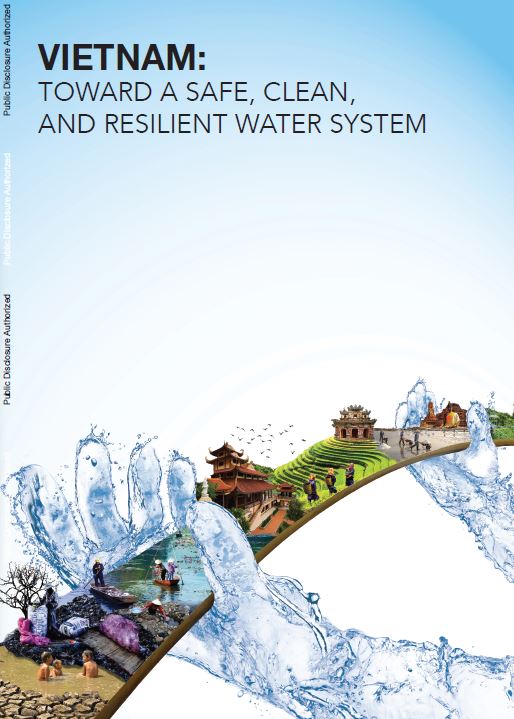Vietnam: Toward A Safe, Clean, and Resilient Water System
P rudent economic policies, combined with the enabling conditions created by a high endowment of water, have transformed Vietnam from a low income to a middle-income country within two decades. With annual growth in gross domestic product (GDP) averaging about 6.4 percent over this period, Vietnam has experienced among the fastest—and most equitable—trajectories of development in the world. Rapid economic expansion has been accompanied by strong export growth, large inflows of investment, improved access to health and education services, and provision of life-sustaining piped water to cities. From the early 1990s, when over half the population lived on less than US$1.90 a day, the rate of extreme poverty has fallen to 3 percent—among the fastest declines in poverty ever recorded. This transition has made Vietnam the textbook exemplar of sound development approaches. Vietnam’s abundant water endowment has shaped its development fortunes. There are, however, risks inherent in the water resource. With about 10,200 cubic meters (m3 ) of renewable freshwater per capita, Vietnam’s water availability is high by regional and global standards, though these resources are unevenly distributed across the country and seasons. In addition, two-thirds of Vietnam’s water is transboundary and so is beyond its direct management. Vietnam aspires to become a modern, industrialized economy by 2035. Though growth has produced vast benefits, it has also placed unrelenting pressures on water resources, which in turn lead to economic stresses. Rapid increases in demand are projected to bring water stress to 11 out of 16 basins in Vietnam by 2030. A 2017 report by the 2030 Water Resources Group highlights the challenges that Vietnam will face (2030 WRG 2017). However, agricultural productivity typically lags that in many comparator countries. More efficient rice production and crop diversification have the potential to boost incomes and generate more value per unit of water used while reducing total agricultural water demand. Vietnam is confronted by a host of water challenges that risk jeopardizing future growth. Meeting these challenges will call for a greater focus on policies and incentives, and for increased fiscal discipline.
